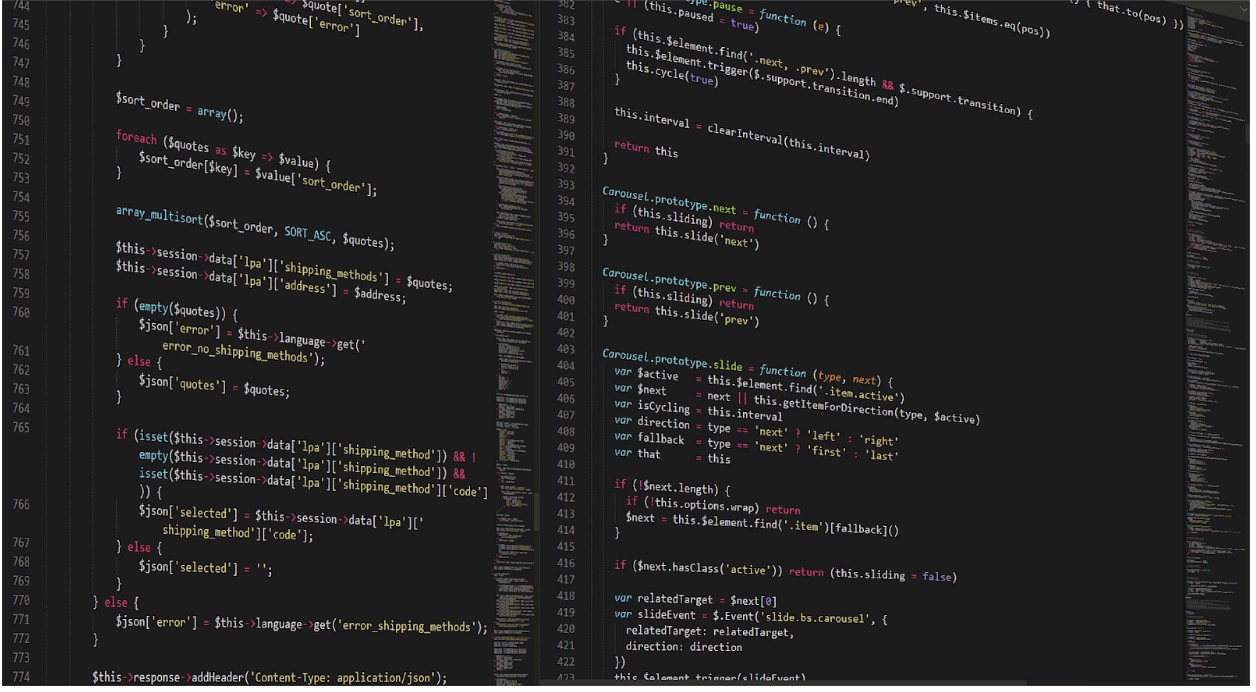
For readers who aren’t familiar with the concept of the dark web, essentially it refers to web content that exists on overlay networks that use the Internet but require specific software, configurations, or authorization to access. Through the dark web, private computer networks can communicate and conduct business anonymously without divulging identifying information, such as a user’s location.
The complete privacy and anonymity of the dark web provides a safe place for activists and journalists to communicate and organize—and that’s more important than it might sound to Westerners. To people struggling under the boot of oppressive regimes in Iran, North Korea, and elsewhere, anonymity and free speech are one in the same. It is the only tool they have in trying to spark change.
But the same anonymity that serves as a lifeline for the oppressed also empowers terrorists, human traffickers, hitmen-for-hire, and child rapists.
U.S. assistant attorney general Leslie Caldwell claimed earlier this year that 80 percent of traffic on Tor, the most popular network through which to access the dark web, involves child-sexual-abuse imagery. The accuracy of that stat has been disputed by the likes of WIRED writer Andy Greenberg, but everyone can agree there’s way too much violence and exploitation on the dark web.
Cryptocurrency serves as the dark web’s currency, a fact that has further tarnished the reputation of blockchain-based digital currencies. That’s a shame, considering crypto tokenomics and blockchain mechanisms might even offer a solution to the issue of preserving dark-web anonymity while weeding out the violence and exploitation.
An anonymous project that goes only by tomi has found a way to harness blockchain to tackle the censorship question. The project is building TomiNet, a secure and encrypted protocol empowering journalists, activists, and ordinary citizens to surf the web free of government and corporate surveillance.
Led by eight senior crypto veterans working with 72 developers, the network leverages DAO governance to foster community-driven censorship of the more illicit activities that run rampant on the most prominent alternative internet networks today.
The idea behind TomiNet is simple: Governments and corporations can’t be trusted to govern the network—just as they aren’t on the dark web. Instead, let the community itself strike down violence and exploitation anonymously.
TomiNet is governed by a community-led DAO, which votes on decisions via “Pioneer” NFTs and tomi tokens about running TomiNet and censoring content that doesn’t meet the network’s “blacklist” community guidelines. Terror, child-sexual-abuse imagery, and other forms of violence are among the categories on the blacklist to be voted down by the DAO.
The tomi team holds weight equal to average users in voting about the community guidelines and censorship, though it will hold enough tokens to have stronger influence over the technological direction of the project in the initial stages.
TomiNet is structured in a way that creates a path for the citizens of the new web to out-vote the core developers and technological leadership within three years. That’s intentional on the part of tomi, which doesn’t seek the kind of power held by the leaders of projects such as Ethereum or Cosmos.
The question of how to reign in the dark web’s most dangerous elements will surely be debated for years to come, but what’s for certain is blockchain mechanisms aren’t the enemy, and in fact can potentially be part of the solution, as tomi suggests in building TomiNet. It will be worth watching how far DAO governance goes in terms of cleaning keeping the elements that gave the dark web its name out of TomiNet.
Advertising disclosure: We may receive compensation for some of the links in our stories. Thank you for supporting LA Weekly and our advertisers.
